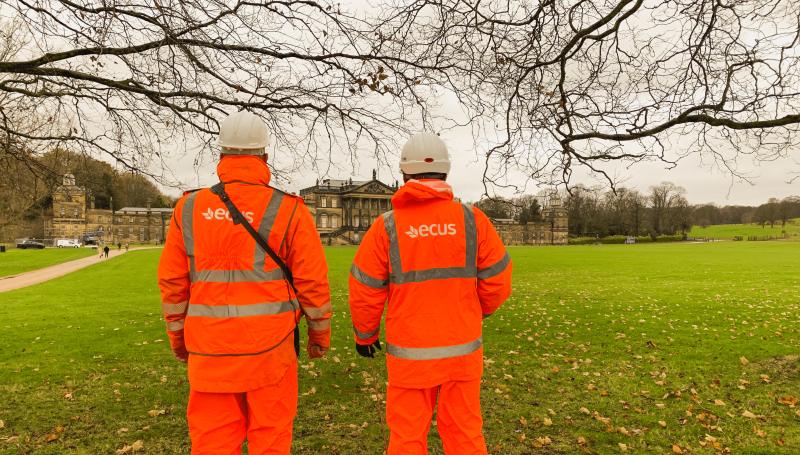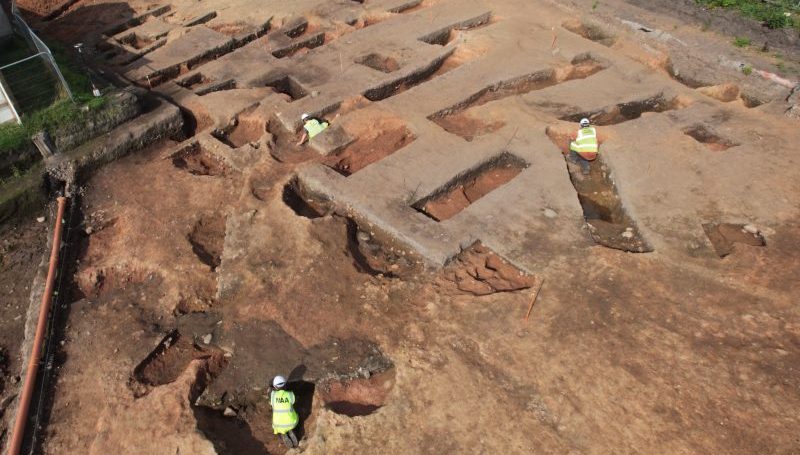Heritage is something passed down from generation to generation, it is something we treasure and keep, and it is a reminder of everything past. It is our collective inheritance, and it can be something tangible or intangible. Heritage assets include buildings, structures, earthworks, landscapes, ideas, cultural identity and below ground archaeological remains.
Why do we carry out heritage assessments and record heritage assets and who pays for it?
We carry out assessment and recording of heritage assets to enhance conservation of the historic environment, to protect and preserve our past and future through sensitive and proportionate development, and to enable modern development while protecting our heritage. Assessment and recording is mostly paid for by commercial developers, national and local authorities, community groups, charities and private individuals.
The majority of heritage work in the UK is carried out as part of the planning process and is developer funded, based on the concept that the developer pays for the impact from new developments (i.e. road, rail, housing green energy schemes, urban regeneration and renovation of places and buildings). All have the potential to impact upon the significance of heritage assets, either directly upon the structural fabric of buildings, structures or monuments or indirectly through the effect on the setting of heritage assets.
The local authority can require pre-determination assessment of this potential impact from development, usually in the form of a heritage statement or heritage impact assessment. As part of a planning application, assessment allows us to understand the significance and the level of potential impact to the asset. Once planning consent is agreed, the local authority may place a planning condition on the development works in accordance with the national planning policy framework (NPPF) and local planning policy.
What are Heritage related Planning Conditions?
Planning conditions are a method for mitigating the impact of a development on heritage assets. Conditions to mitigate any perceived impact are primarily aimed at the protection and preservation of heritage significance. The conditions will match the level of impact arising from the development – they will be proportionate.
The conditions may require either preservation by record or preservation by design. Preservation by record will usually entail the recording of elements of a building, structure, monument or space, prior to or during the construction phase of a development, that are likely impacted.
Preservation by design requires solutions to mitigate impact within the design process of development, this is carried out in consultation with the client/developer, the local authority, and depending upon the significance and designation of an asset, the national statutory body, for example Historic England, Cadw and Historic Environment Scotland.
What are the different types of heritage document required?
Heritage work is dependent on where a project is in the planning process, and the likely significance of the heritage asset that may be impacted.
The documents required for assessment prior to consent, including for discharge of conditions, may include one or a combination of Heritage Statements, Heritage Impact Assessments, Historic Environment Desk Based Assessments, Statements of Significance, Conservation Management Plans, Historic Building Recording and Condition Surveys. The range of documents and other information is prepared by professional heritage consultants and practitioners, to enable the local authority to make an informed decision on the requirements for a planning application and to evaluate and mitigate likely impacts upon heritage significance. Documents such as Historic Building Recording, Structural / Archaeological Watching briefs and Conservation Management Plans provide methods of mitigation through survey and record, which are often essential as part of recognised schemes of design for preservation and conservation.
What happens after heritage fieldwork?
Once site work has been completed and the required record produced – the drawings, maps, plans textual description and photographs form part of the mitigation report (usually for Historic Building Record and Surveys). These records are deposited as a physical and digital archive within a local museum and/or the local Historic Environment Record (HER County or District Council), and the online Archaeology Data Service (ADS). This is to provide a record that is accessible to any future interested party, in order to educate local authorities, developers, historians, architects, planners and communities of our heritage, its value, and its conservation.
Look out for our follow-up blog from the post-excavation and archiving team.




